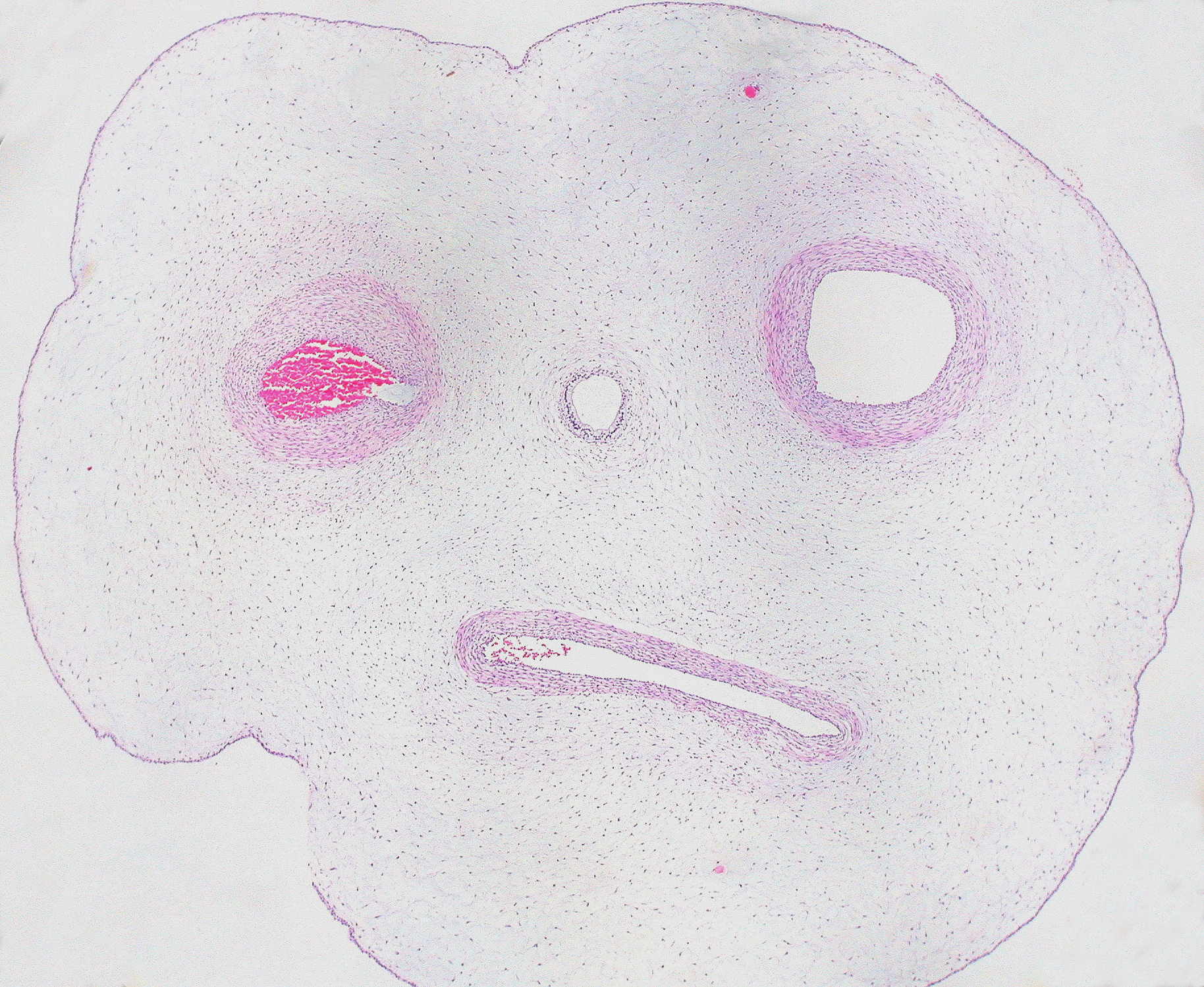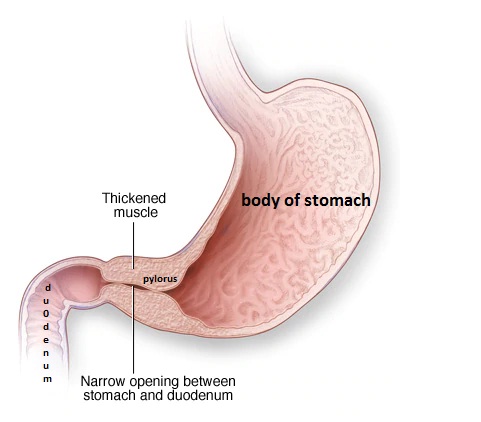MCQs on Clinical Paediatrics 1
Multiple Choice Questions
Prof.Vipin Vageriya
Asst Professor, Manikala Topawala Institute of Nursing
A Constituent of Charotar University of Science and Technology
Charusat - Changa, Anand, Gujarat-388421
Mob :- 7874038375
Question asked in various exams
(A) Multiple choice questions.
1. Which statement is consider false for thalassemia?
a. It is also known as Cooley's disease
b. It affects production of normal hemoglobin
c. The cause of thalasemmia is lack of blood clotting factor VIII
d. It require blood transfusion at regular interval
2. Which is the most common type of fracture among new born?
a. Open fracture
b. Greenstick fracture
c. Oblique fracture
d. Comminuted fracture
3. Which hormone is responsible for milk secretion in mother?
a. Estrogen
b. Prolactine
c. Oxytocine
d. Vasopressin
4. What is an involuntary, rapid, recurrent, non rhythmic motor movement called ?
a. Tics disorder
b. Sibling riverly
c. ADHD
d. Phobic anxiety
5. Which statement is true about wilm's tumor?
a. It is the disease of reproductive system
b. Children with jaundice are prone to develop wilm's tumor
c. It is also known as nephroblastoma
d. Colonoscopy is the best method to diagnose wilm's tumor
6. Which type of seizure is not present among children?
a. Traumatic seizure
b. Petitmal seizures
c. Generalised tonic clonic seizure
d. Febrile seizures
7. Rheumatic fever is assessed using the Jones criteria that divide the signs and symptoms of the disease into major and minor criteria. Which of the following characteristics does not belong to Jones major criteria ?
a. Polyarthritis.
b. Osteoarthitis
c. Carditis.
d. Chorea
8. Kawasaki disease is-
a. Immune system disorder affecting coronary arteries of heart
b. It carries blood from heart to neck
c. It belongs to orthopaedic disorder
d. An autosomal recessive disorder
9. How much boric acid is required to prepare 250 cc of 4% solution?
a. 10 gm
b. 20 gm
c. 8 gm
d. 4 gm
10. Which of the following is not a symptom of ADHD?
a. Impulsiveness
b. Inattention
c. Hyperactivity
d. Negativity
11. A parent brings toddler, aged 20 months, to clinic for a regular check up. When palpating the toddler's fontanels, what should the nurse expect to find-
a. Closed anterior fontanel and open posterior fontanel
b. Open anterior fontanel and closed posterior fontanel
c. Closed anterior and posterior fontanel
d. Open anterior and posterior fontanel
12. Which is not the sign of acute renal failure?
a. Azotemia
b. Oliguria
c. Uremia
d. Rectal bleeding
13. Which of the following conditions in the new born does not cure spontaneously and needs treatment ?
a. Pseudomenstruation
b. Breast engorgement and witch's milk
c. Hypospadiasis
d. Scrotum appear pigmented with rugae
14. Umbilical cord having-
a. One artery, two vein
b. Two artery, two vein
c. One artery, one vein
d. Two arteries and one vein
15. A 6-week-old male infant is brought into the emergency room by his mother. He has a weeklong history of progressively worsening emesis that is projectile in nature. What is his most likely diagnosis?
a. Intussusceptions.
b. Appendicitis.
c. Pyloric stenosis
d. Pancreatitis
16. Following is not a characteristic of attention deficit hyperactivity disorder.
a) Inattention
b) Over activity
c) Impulsivity
d) Difficulty in eating
17. A chronic non progressive motor dysfunction in children caused by damage to the motor areas of brain is called
a) Mental retardation
b) Cerebral palsy
c) Tic disorder
d) Myasthenia gravis
18. Children with moderate mental retardation are known as
a) Trainable
b) Dependent
c) Educable
d) None of the above
19.___ is type of anxiety disorder is:
a) Panic disorder
b) Pica
c) Attention deficit hyperactivity disorder
d) Pervasive developmental disorder
20.________ is characterized by withdrawal of the child into self and into a fantasy world of his or her own?
a) Childhood schizophrenia
b) Obsessive compulsive disorder
c) Conduct disorder
d) Autism
21. Significantly sub average general intellectual functioning is known as
a) Mental retardation
b) Cerebral palsy
c) Tic disorder
d) Generalized anxiety disorder
22. ___________ is related to severe deviation in ego functioning..
a) Childhood schizophrenia
b) Depression
c) Mental retardation
d) None of above
23. National institute for rehabilitation, training, and research is situated at.
a) Cuttack
b) Pune
c) Mumbai
d) Jaipur
24. _________ is a type of learning disorder;
a) Panic disorder
b) Attention deficit hyperactivity disorder
c) Pica
d) Dyslexia
25. Physical environment of hospitalized child includes
a) Other parent and relatives
b) Room/ward and furniture
c) Machines and equipment
d) Both B and C
26. According to the children act , 1960 a neglected child means a child who
a) Is found begging
b) Is without any home
c) Is a destitute or orphan
d) All the above
27. Temperature of the pediatric ward should be maintained around___
a) 28*Celsius ± 2
b) 20*Celsius ± 2
c) 36* Celsius
d) 34* Celsius
28. IMNCI color code _____ indicates home management
a) Red
b) Green
c) Yellow
d) Pink
29. Which of the following childhood disorder improves with increase in age..
a) Conduct disorder
b) Emotional problem
c) Temper tantrum
d) Sleep disorder
30. Breast milk at room temperature stored for
a) 4 hours
b) 6 hours
c) 8 hours
d) 10 hours
Answer key
Q. 1 (A) Multiple choice questions.
1. c
2. b
3. b
4. a
5. c
6. a
7. b
8. a
9. a
10. a
11. c
12. d
13. c
14. d
15. c
16. c) Impulsivity
17. b) Cerebral palsy
18. a) Trainable
19. a) Panic disorder
20. d) Autism
21. a) Mental retardation
22. a) Childhood schizophrenia
23. a) Cuttack
24. d) Dyslexia
25. d) Both B and C
26. d) All the above
27. a) 28*Celsius ± 2
28. b) Green
29. c) Temper tantrum
30. c) 8 hours.




